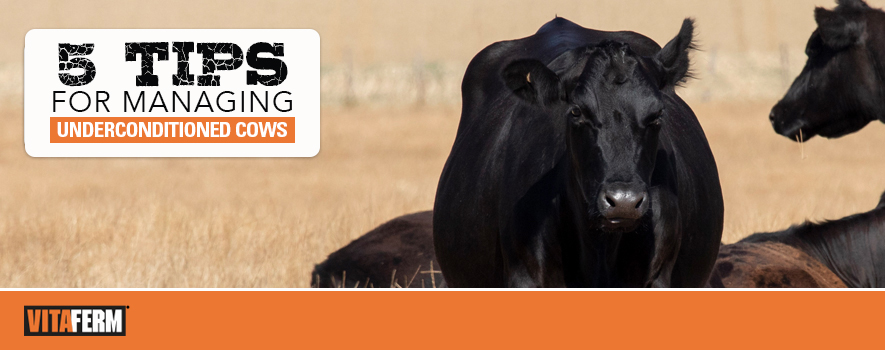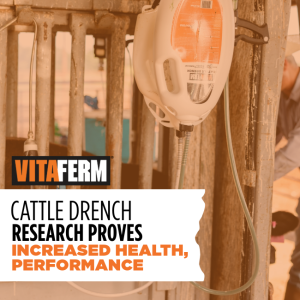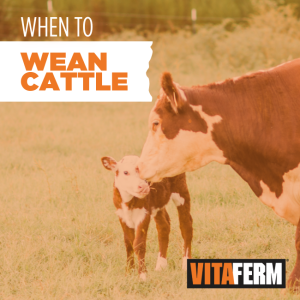
It is that time of year where cattle producers are starting to wean spring calves and are starting to look towards what lies ahead. It is also a perfect time to start evaluating if your cows are in the right body condition. Regardless if you are a spring or fall calving herd, you will maximize performance of both your cow and subsequent calf crop by ensuring your herd is in optimal body condition year round.
A body condition score (BCS) is a relative term for the amount of energy reserves (i.e. fat) a cow possesses. To evaluate whether or not your cows are in proper body condition, producers can assign to them numerical BCS. The most commonly used BCS system is based on a scale from 1 to 9. The thinner the cow, the lower the number; the fatter the cow, the higher the number. An optimal BCS is generally considered to be 5-6.
Producers should consistently focus on maintaining adequate body condition to support a healthy pregnancy in all females in the herd. During the last trimester the fetus is growing rapidly, the cow is building up mineral stores in her liver for herself and her calf in utero, and producing colostrum for a newborn calf, all while also maintaining herself. This, in turn, causes a significant increase in the nutrient requirements for the cow. Not to mention, environmental factors such as extremely hot or cold temperatures can also have a profound impact on nutrient requirements.
It is no secret that having over or underconditioned cows will undoubtedly have an impact on herd performance, but thin cows can be much more detrimental to overall herd productivity. Here are some important considerations when managing underconditioned cows:
- Thin cows are more susceptible to calving complications. Extremely thin cows may experience calving problems as they are weaker and more likely to give up sooner. Calves from thin cows tend to be smaller and weak cows produce less milk.
- Underconditioned cows have an impaired immune system. A weakened immune system makes them more susceptible to disease and negatively impacts colostrum quality. Therefore, newborn calves receive lower concentrations of immunoglobulins which contain important antibodies to protect the calf from sickness during its first few months of life.
- Reproductive functions can be hindered. Usually when a cow hits a body condition score of 3 or less the ability of a cow to conceive and stay bred is dramatically decreased. Not to mention, it takes substantially longer for them to restart her postpartum estrus cycle.
- It is most cost effective to add condition while cows are in mid-gestation. During this time a cow’s nutrient requirements are at her lowest. She is no longer nursing a growing calf and she hasn’t reached the period of exponential fetal growth.
- Constantly evaluate feed and forage quality. Adequate amounts of dietary protein are essential for allowing rumen bugs to flourish. These bugs are what help break down the cellulose found in the high forage diets cows typically consume. By not feeding the rumen microbes properly, you can actually slow down digestion and limit feed intake which is not conducive to putting on body condition.
If you find yourself with cows are not in optimal condition, BioZyme® offers a plethora of supplements that can help you get your herd back on track. Amaferm®, a natural feed additive included in all VitaFerm® products, is a precision prebiotic that amplifies nutrient supply by promoting intake while increasing digestibility and absorption. Amaferm is research-proven to provide a 17% increase in forage utilization. This means you will see cows putting on body condition much more efficiently because of increased nutrient availability and absorption. Complementing this with the right minerals, trace minerals and vitamin package will set your cow herd up for improved production on all levels.
It is never too early to start assessing BCS of your herd. By keeping your “condition right” or working with a nutritionist to get your herd on track, you can develop a plan that will generate “performance that pays.”


